Key Takeaways
- Cake flour creates a lighter, more tender chocolate cake with a finer crumb due to its lower protein content (7-9%)
- All-purpose flour produces a sturdier, more substantial chocolate cake that holds up well to frostings and fillings
- Cocoa powder is naturally acidic and contains no gluten, affecting which flour works best in your recipe
- Dutch-processed cocoa pairs better with cake flour, while natural cocoa often works well with all-purpose flour
- The perfect choice depends on your desired cake texture: use cake flour for light and tender, all-purpose for sturdy and moist
- Explore premium French flour options at Zucchero Canada for your next chocolate cake masterpiece
When you're standing in your kitchen, recipe in hand, wondering whether to reach for cake flour or all-purpose flour for that perfect chocolate cake, you're not alone. This choice can make the difference between a dense, chewy cake and a light, tender masterpiece. As Canada's premier baking ingredient specialists, we understand the science behind flour selection - and we're here to help you make the right choice every time.
The fundamental difference between cake flour vs all-purpose flour lies in their protein content and how this affects your final bake. Understanding these differences will transform your baking results and help you create bakery-quality desserts at home.
Understanding Flour Protein Content
What Makes Flour Different?
The difference between cake flour and all-purpose flour starts with the wheat variety and milling process:
Cake Flour Characteristics:
- Protein content: 6-8%
- Wheat source: Soft winter wheat
- Texture: Extra-fine, silky powder
- Gluten formation: Minimal
- Best for: Delicate, tender baked goods
All-Purpose Flour Properties:
- Protein content: 10-12%
- Wheat source: Blend of hard and soft wheat
- Texture: Medium-fine consistency
- Gluten formation: Moderate
- Best for: Versatile baking applications
| Flour Type | Protein Content | Gluten Level | Ideal Applications |
|---|---|---|---|
| Cake Flour | 6-8% | Low | Angel food cake, vanilla cupcakes, delicate layers |
| All-Purpose Flour | 10-12% | Medium | Chocolate cake, cookies, muffins, quick breads |
| Bread Flour | 12-14% | High | Artisan breads, pizza dough, bagels |
For premium French flours including T45 and T55 varieties, explore the Foricher French Flour Collection at Zucchero Canada.
The Science Behind Texture Differences
How Protein Affects Your Baking
Lower protein means less gluten formation, which directly impacts your cake's texture. When flour proteins encounter liquid and are mixed, they form gluten strands that provide structure. Here's how this works in practice:
With Cake Flour:
- Minimal gluten development creates tender, delicate crumbs
- Fine milling allows for better liquid absorption
- Results in taller, more tender cakes with even texture
- Perfect for cakes where lightness is the goal
With All-Purpose Flour:
- Moderate gluten provides necessary structure
- Slightly coarser texture offers stability
- Creates cakes with more substantial crumb
- Essential for supporting heavy ingredients like chocolate chips or fruits
The Chocolate Cake Exception
Here's where things get interesting: is baking flour the same as cake flour for chocolate cake? Not exactly. While cake flour excels for vanilla and white cakes, chocolate cake presents a unique challenge.
Why All-Purpose Flour Often Wins for Chocolate Cake:
Cocoa powder is extremely fine and adds bulk without providing structure. When combined with cake flour's already delicate nature, you often get a cake that's too tender and may collapse. All-purpose flour's extra protein content provides the structural support needed to balance cocoa powder's effects.
Professional baker tip: Many Canadian chocolatiers and pastry chefs prefer all-purpose flour specifically for chocolate applications, reserving cake flour for lighter, vanilla-based creations.
When to Choose Each Flour Type
Perfect Applications for Cake Flour
Ideal Uses:
- Angel food cake and chiffon cakes
- Vanilla layer cakes and cupcakes
- White cake and pound cake variations
- Delicate tea cakes and petits fours
- Tender biscuits and scones
The result: Exceptionally tender crumb with fine, even texture that melts in your mouth.
Best Applications for All-Purpose Flour
Recommended For:
- Chocolate cake (the extra structure supports cocoa powder)
- Carrot cake and banana bread (handles wet ingredients well)
- Coffee cakes and streusel-topped bakes
- Dense pound cakes and bundt cakes
- Most cookie recipes and quick breads
The advantage: Provides necessary structure while maintaining good texture and flavour.
Perfect Substitution Methods
DIY Cake Flour Substitute
When you need cake flour but only have all-purpose flour on hand, this homemade cake flour substitute delivers excellent results:
Recipe for 1 Cup Cake Flour Substitute:
- Measure 1 level cup all-purpose flour
- Remove 2 tablespoons of flour
- Add 2 tablespoons cornstarch
- Sift together 2-3 times for even distribution
- Use immediately in your recipe
Why this works: Cornstarch is protein-free, effectively reducing the overall protein content to mimic cake flour's characteristics.
Substitution Guidelines
Using All-Purpose Instead of Cake Flour:
- Direct substitution: Use cup-for-cup in most recipes
- Expected result: Slightly denser texture, but still delicious
- Best for: Chocolate cakes and sturdy layer cakes
Using Cake Flour Instead of All-Purpose:
- Not recommended for recipes requiring structure
- Risk: Sunken centers, collapsed cakes, crumbly texture
- Exception: Reduce by 2 tablespoons per cup for delicate cookies
Chocolate Cake: Making the Right Choice
The Canadian Chocolate Cake Approach
For Canadian home bakers creating the perfect chocolate cake, the flour choice depends on your desired outcome:
Choose All-Purpose Flour When:
- Making rich, fudgy chocolate cake
- Adding chocolate chips or chunks
- Creating layered cakes with heavy frosting
- Baking at high altitudes (provides extra structure)
- Using Dutch-process cocoa powder
Consider Cake Flour When:
- Making chocolate cupcakes (smaller structure needs)
- Creating delicate chocolate sponge layers
- Baking chocolate chiffon or angel food variations
- Using natural cocoa powder (less dense than Dutch-process)
Pro tip from Canadian pastry chefs: For the ultimate chocolate cake, try a 50/50 blend of cake flour and all-purpose flour. This gives you tenderness with adequate structure.
Ingredient Quality Matters
Sourcing Premium Flours in Canada
The quality of your flour directly impacts your final results. What is the difference between flour and cake flour isn't just about protein content - it's also about:
- Milling consistency
- Wheat quality
- Storage and freshness
- Processing methods
For professional-grade results, consider specialty flours from established suppliers. Premium French flours, like those in our Bagatelle T45 Collection, offer exceptional consistency and flavour development that home bakers can actually taste.
Storage and Freshness Tips
Proper Flour Storage:
- Store in airtight containers in cool, dry places
- Use cake flour within 8 months of opening
- All-purpose flour stays fresh for up to 1 year
- Keep away from strong odours (flour absorbs them easily)
Common Baking Mistakes to Avoid
Flour Selection Errors
Mistake #1: Using cake flour for all recipes thinking it's "better" Solution: Match flour type to recipe requirements
Mistake #2: Not sifting cake flour substitutes properly
Solution: Always sift cornstarch mixtures 2-3 times
Mistake #3: Overmixing cake flour batters Solution: Use gentle folding motions to prevent tough textures
Mistake #4: Assuming all cake flours are identical Solution: Different brands vary in protein content - adjust accordingly
Beyond Basic Baking: Advanced Applications
Professional Techniques
Blending Flours for Custom Results:
- 75% cake flour + 25% all-purpose = tender but stable cupcakes
- 50% cake flour + 50% all-purpose = balanced chocolate layers
- 25% cake flour + 75% all-purpose = structured fruit cakes
Specialty Applications: Canadian bakers working with premium chocolate (like Venezuelan cacao from specialty suppliers) often adjust flour ratios based on cocoa butter content and chocolate intensity.
Seasonal Considerations
Winter Baking Tips:
- Cold Canadian winters affect flour moisture content
- Store flour at consistent room temperature before baking
- Consider slightly increasing liquid in recipes during dry winter months
Summer Adjustments:
- Higher humidity may require slight flour increases
- Ensure cake flour stays dry and well-sealed
- Consider chilling ingredients in hot weather
Frequently Asked Questions
Is cake flour necessary for good cakes?
While cake flour produces superior texture in delicate cakes, you can make excellent cakes with all-purpose flour. The cake flour vs all-purpose debate often comes down to personal preference and the specific recipe requirements.
Can I use self-rising flour instead?
Self-rising flour contains baking powder and salt. If substituting, reduce or eliminate additional leavening agents in your recipe. It's not ideal for cakes requiring precise chemical balance.
Why do some chocolate cake recipes specifically call for all-purpose flour?
Chocolate cake benefits from all-purpose flour because cocoa powder is extremely fine and needs the structural support that higher-protein flour provides. This prevents collapse and creates better texture.
How do I know if my flour is still good?
Fresh flour should smell neutral and feel smooth. Any musty odours, lumps, or off-tastes indicate spoilage. When in doubt, replace it - flour is too important to compromise on.
What about gluten-free alternatives?
Gluten-free baking requires different techniques and ratios. Consider specialized gluten-free flour blends designed to mimic cake flour or all-purpose flour characteristics.
Making Your Choice
The difference between cake flour and all-purpose flour ultimately serves different baking goals. For tender, delicate cakes, cake flour excels. For structured, stable bakes - especially chocolate cakes - all-purpose flour often provides better results.
Remember these key principles:
- Match flour protein to recipe requirements
- When in doubt for chocolate cake, choose all-purpose flour
- Quality ingredients make a noticeable difference
- Practice with substitutions to understand your preferences
Whether you're creating a celebration cake for a Canadian winter birthday or perfecting your chocolate technique with premium Venezuelan cacao, understanding flour selection puts you on the path to baking success.
Ready to elevate your baking? Explore professional-grade ingredients and specialty flours designed for serious home bakers at Zucchero Canada. From French artisan flours to premium chocolate-making supplies, we provide Canadian bakers with the tools needed for exceptional results.


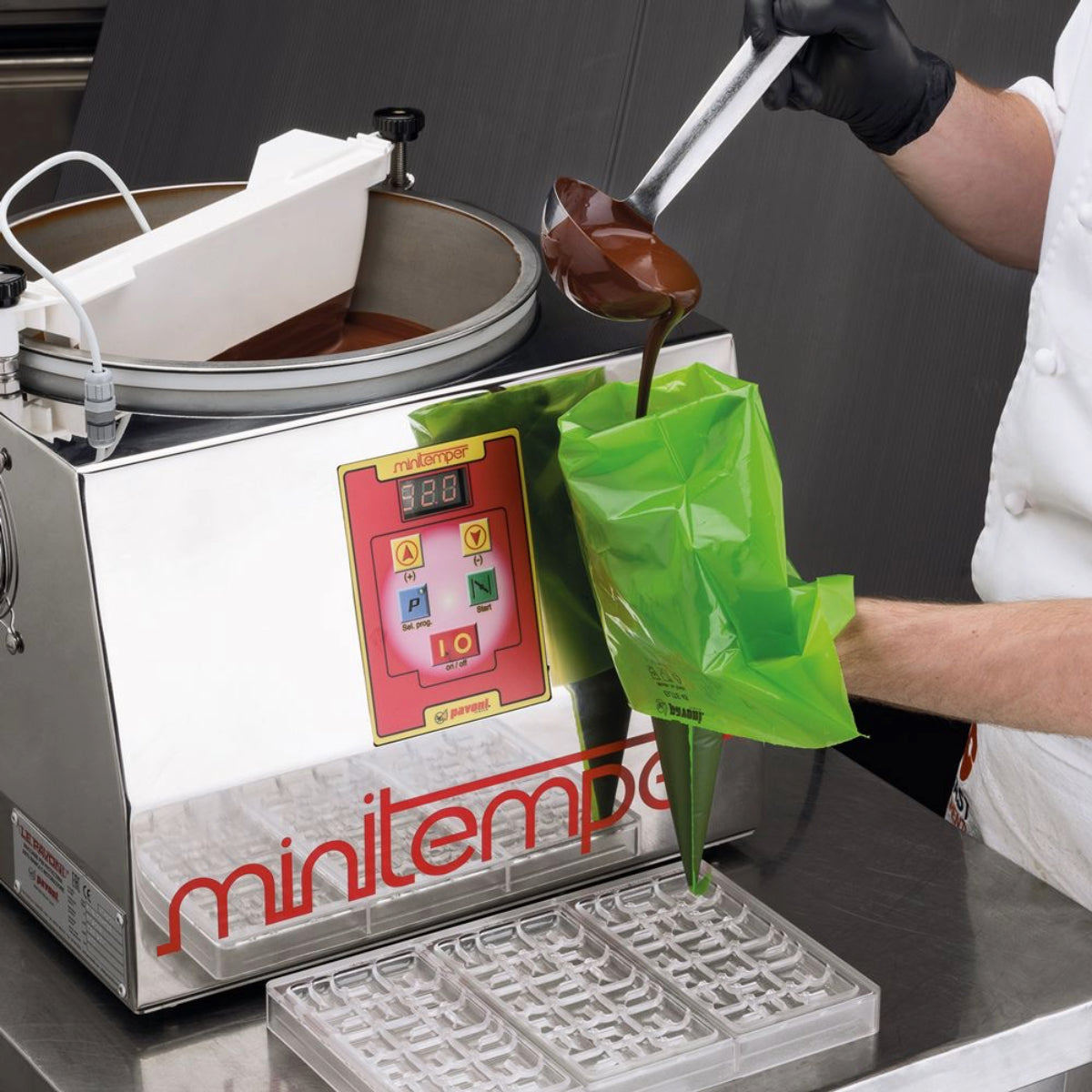
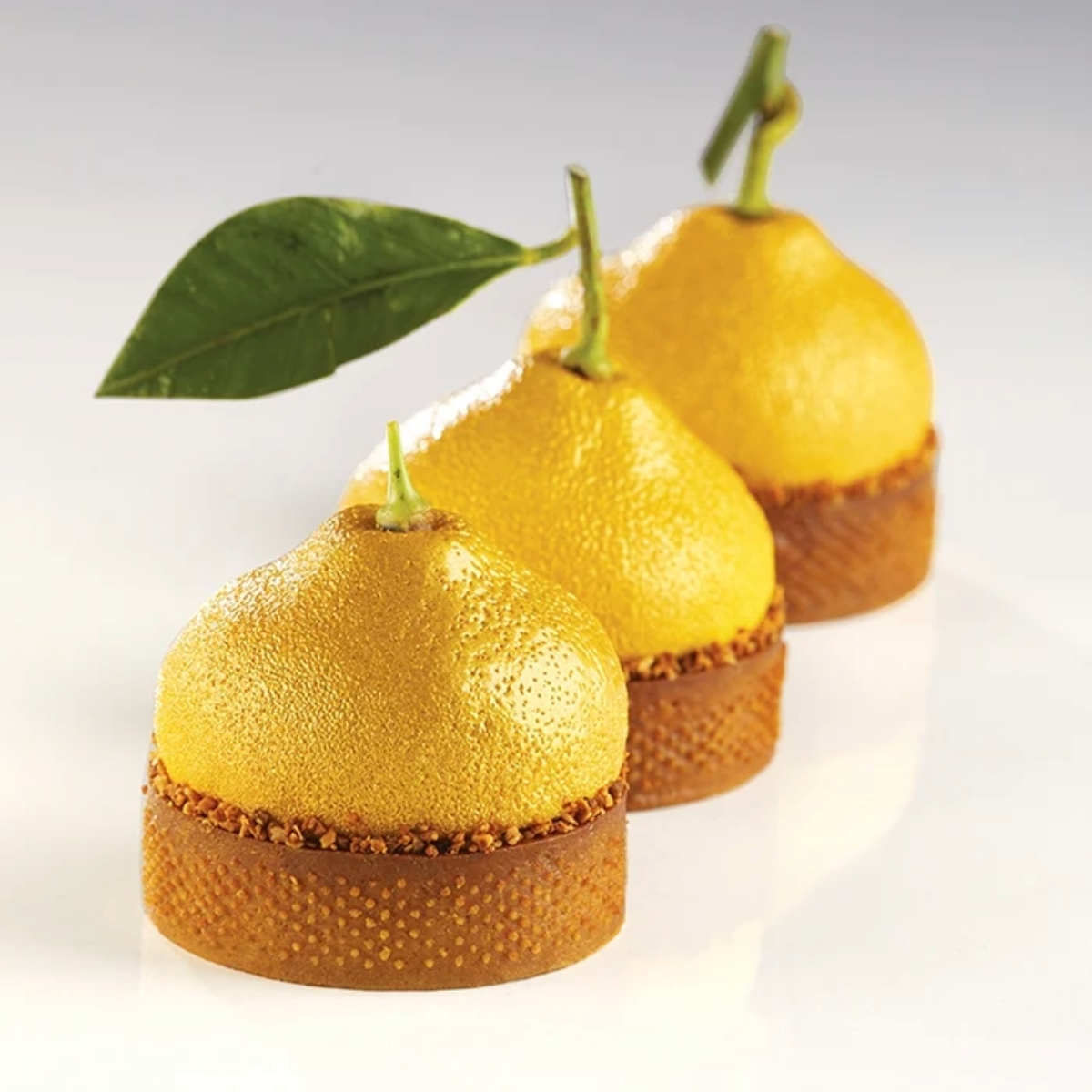
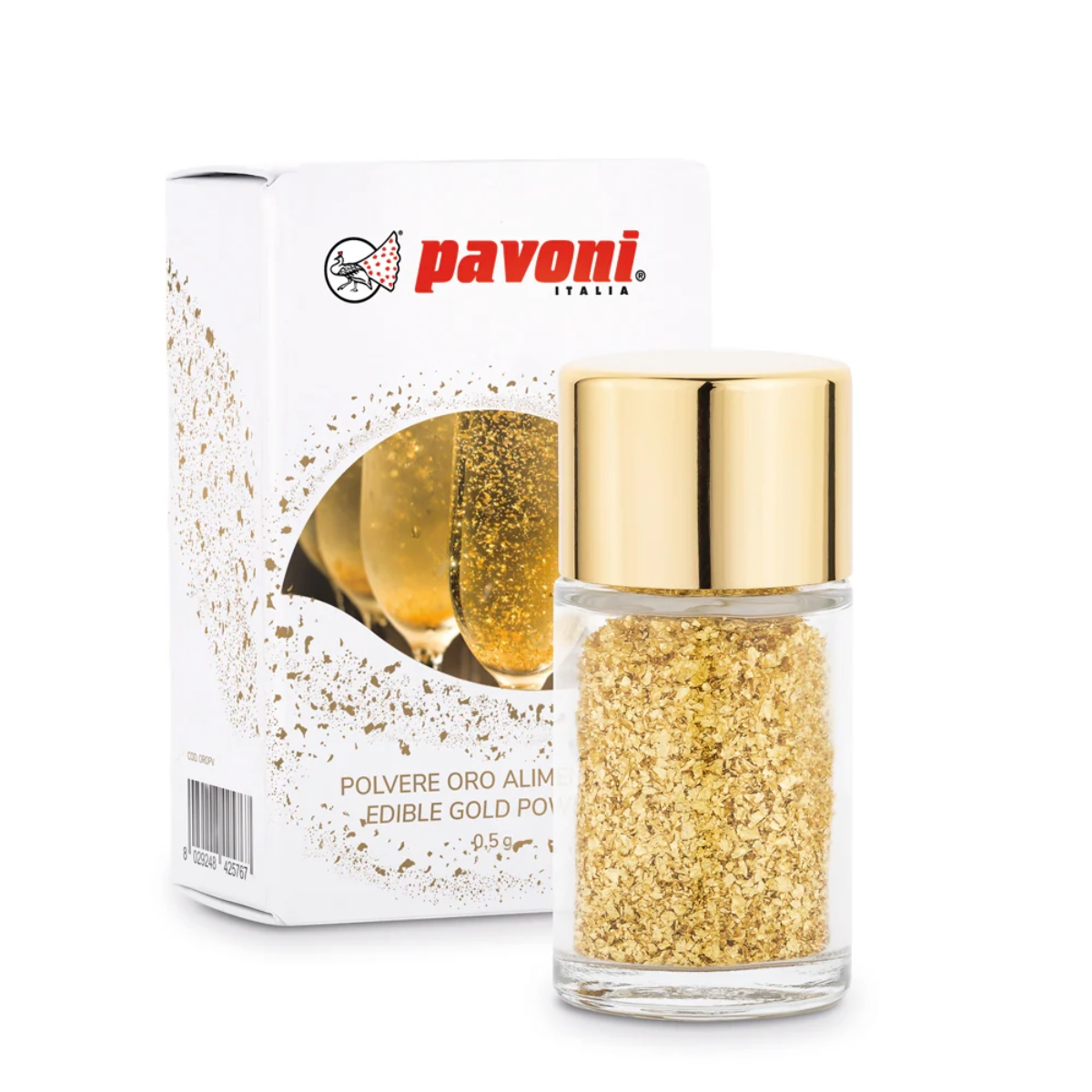
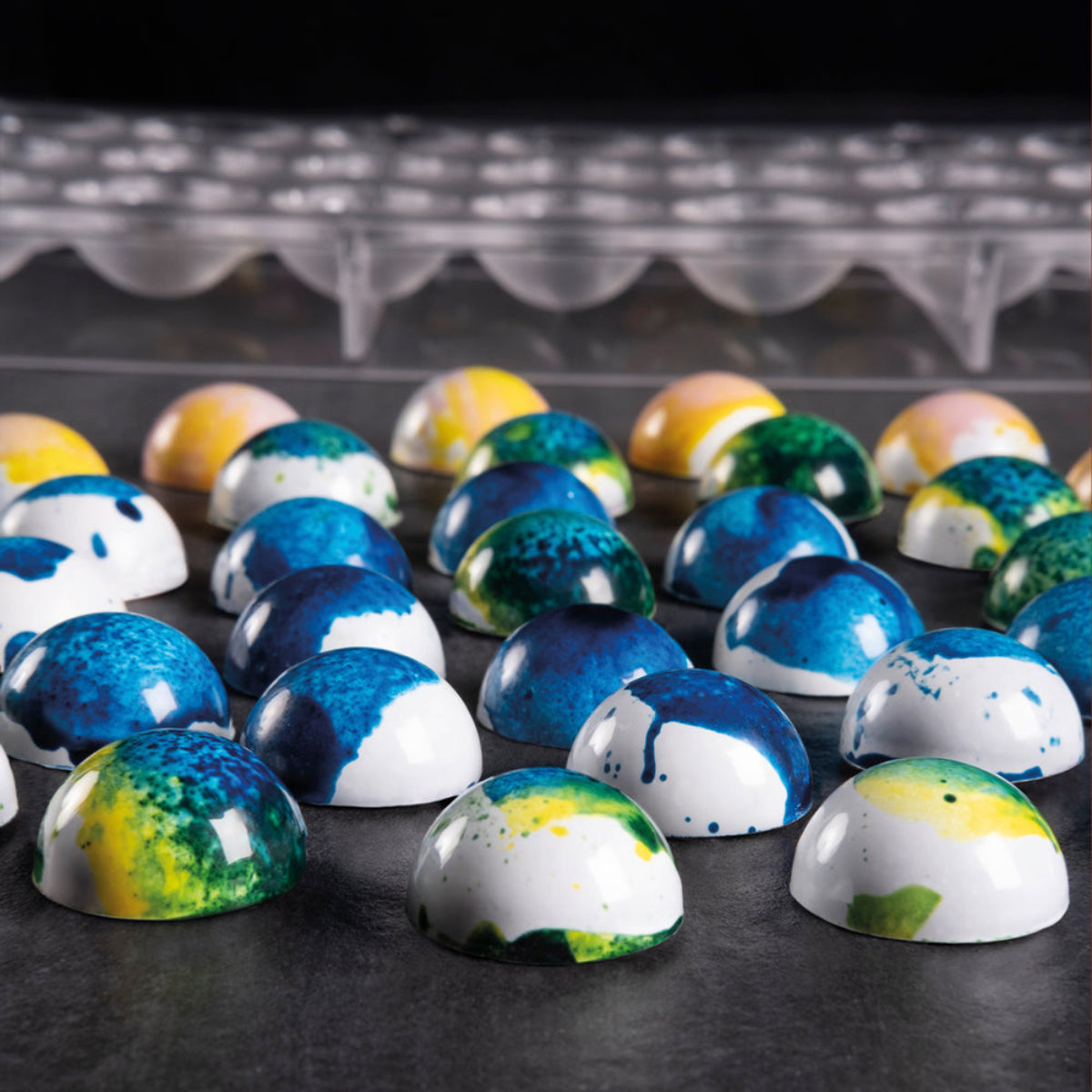



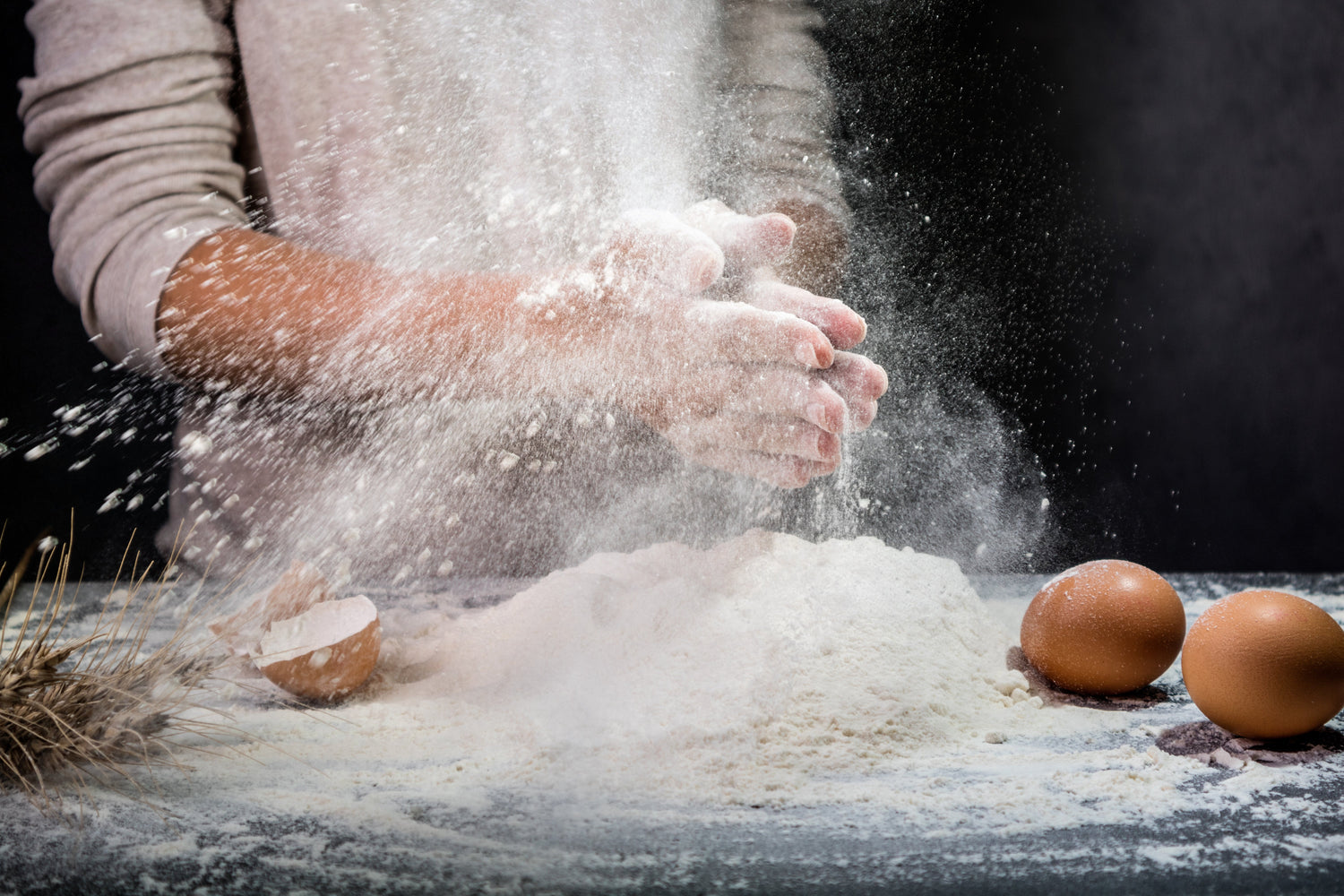
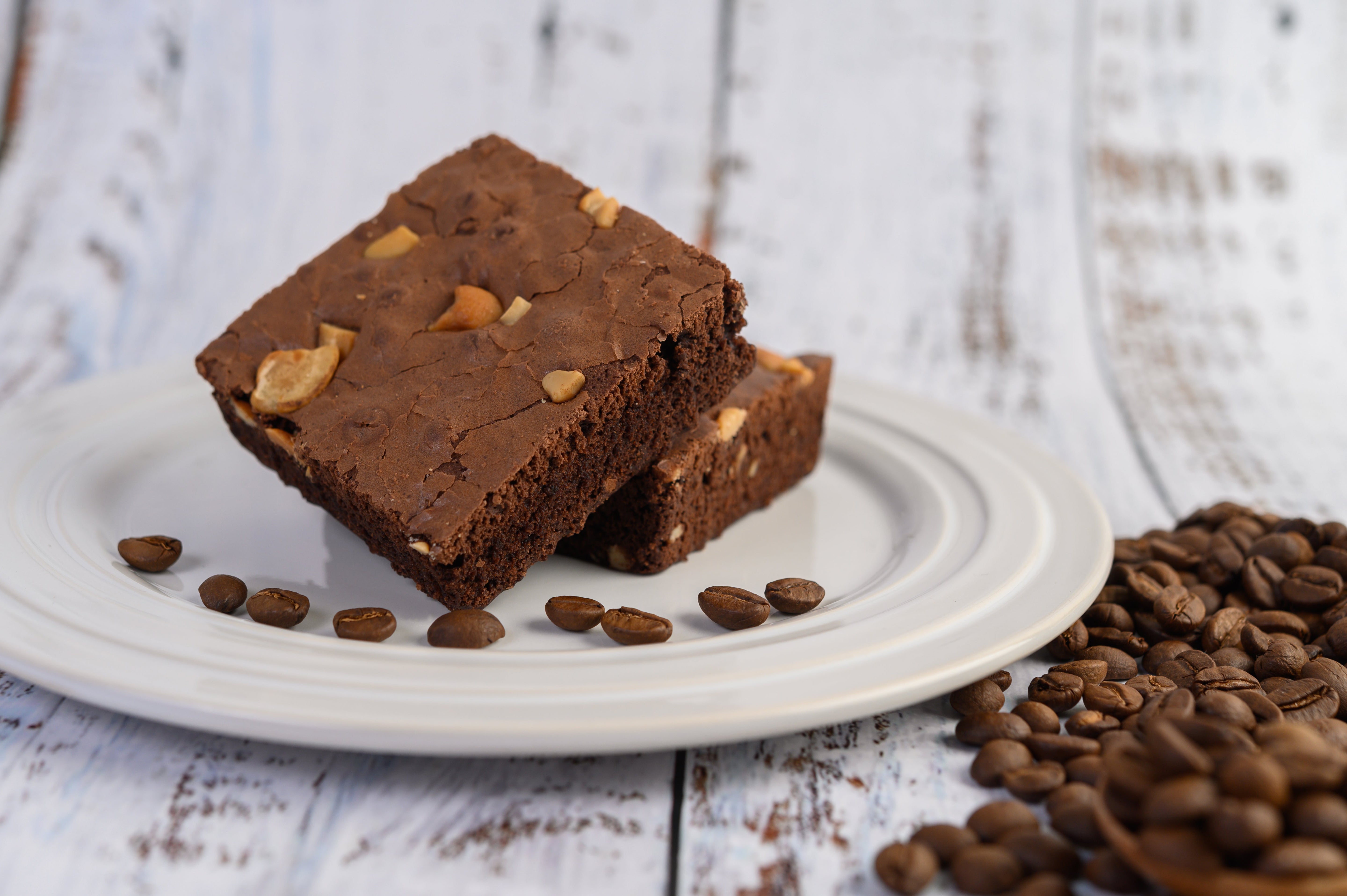
























Leave a comment
All comments are moderated before being published.
This site is protected by hCaptcha and the hCaptcha Privacy Policy and Terms of Service apply.